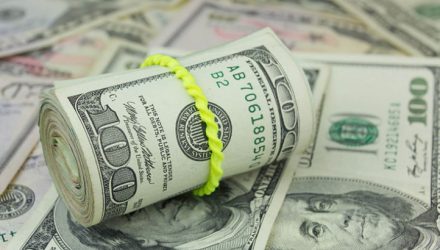Dollar disappointment is widely documented this year. For example, the PowerShares DB U.S. Dollar Index Bullish Fund (NYSEArca: UUP), the tracking exchange traded fund for the U.S. Dollar Index, is down 6.4% year-to-date. That is one of the worst performances among developed market currency ETFs.
UUP tracks the price movement of the U.S. dollar against a basket of currencies, including the euro, Japanese yen, British pound, Canadian dollar, Swedish krona and Swiss franc. Other currencies, including the Australian dollar, yen and Canadian dollar have recently been gaining momentum against the greenback.
Although the dollar and UUP have struggled against the backdrop of two interest rate hikes by the Federal Reserve, some currency market observers see potential for the greenback to rally in the second half of 2017.
“Relatively speaking, I do think the dollar will continue to look better,” Win Thin, global head of emerging market currency strategy at Brown Brothers Harriman, said in an interview with CNBC. “Remember, rates in Europe are still negative, so they have a big hole to dig out of.”
The U.S. dollar moved sharply higher against the world’s major currencies in 2014 and 2015 — creating a strong dollar environment in the truest sense of the term. US investors experienced the results of a stronger dollar in the form of tepid economic and profit growth, and muted inflation.
Last year, the Bank of Japan extended its stimulus measures, supporting Japanese equities and country-specific exchange traded funds. As part of its expanded stimulus plan, The BOJ decided to increase ETF purchases so its total holdings rose at an annual pace of ¥6 trillion, or $58 billion, up from the current ¥3.3 trillion, Reuters reports.
